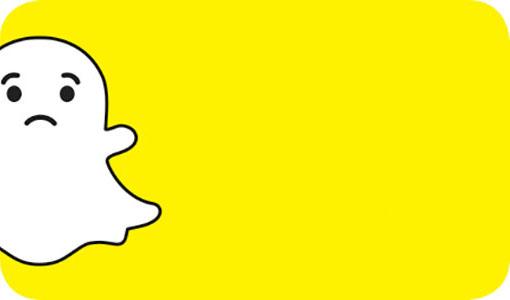-
About
- Departments & Offices
-
Academics
- Physician Assistant
- Special Master’s (MBS)
-
Admissions & Financial Aid
- Tuition & Fees
-
Student Life
-
- Student Resources by Program
- Academic & Student Support
- Wellness & Wellbeing
- Student Experience
- Events & Traditions
-
-
Research
- Research Labs & Centers
-
Local & Global Engagement
- Global Health Programs
- Community Engagement
Snapchat Depression
Why has the rate of teenage depression and anxiety doubled in a generation? A School of Medicine psychiatry professor says the answer is in our pockets.

The statistics are staggering.
Right now, about 22 percent of The teenagers exhibit multiple symptoms of depression, double the number of just a generation ago. Meanwhile, teenage suicide has spiked nearly 20 percent, according to the Centers for Disease Control and Prevention, from 1,386 deaths in 2010 to 1,769 in 2015—a rise driven by a doubling of the suicide rate among teenage girls ages 15 to 19 between 2007 and 2015 (the suicide rate among teen boys also increased 30 percent during the same period). Even five years ago, I believed that most depression in teenagers was a sign of psychiatric disease. I don’t believe that any longer.
There is no biological explanation for the extraordinary upsurge we’ve seen in teen depression and anxiety. Instead, I’ve come to conclude that most of it is caused by increased engagement with smartphones, digital technology, and social media. Together, they are triggering what the non-profit Culture Reframed calls a new “public health crisis of the digital age.” And we are letting it happen. The average adolescent sends about three thousand text messages a month, which works out to about one hundred every day. These numbers do not even include messaging on such social media platforms as Snapchat or Instagram, which is likely equal or even more frequent. This constant interaction often goes on long past midnight. And since many adolescents sleep with their phones, they might well be awakened early by friends texting or chatting.
Although causality can’t be proven, the association is certainly there. The heightened depression we’re seeing is highest in adolescents who use digital technology three or more hours per day (and that data is self-reported, probably not capturing the true rates, which are likely higher). The more depressed adolescents are, the more they use social media; the more they use social media, the more depressed they are. It’s a vicious cycle.